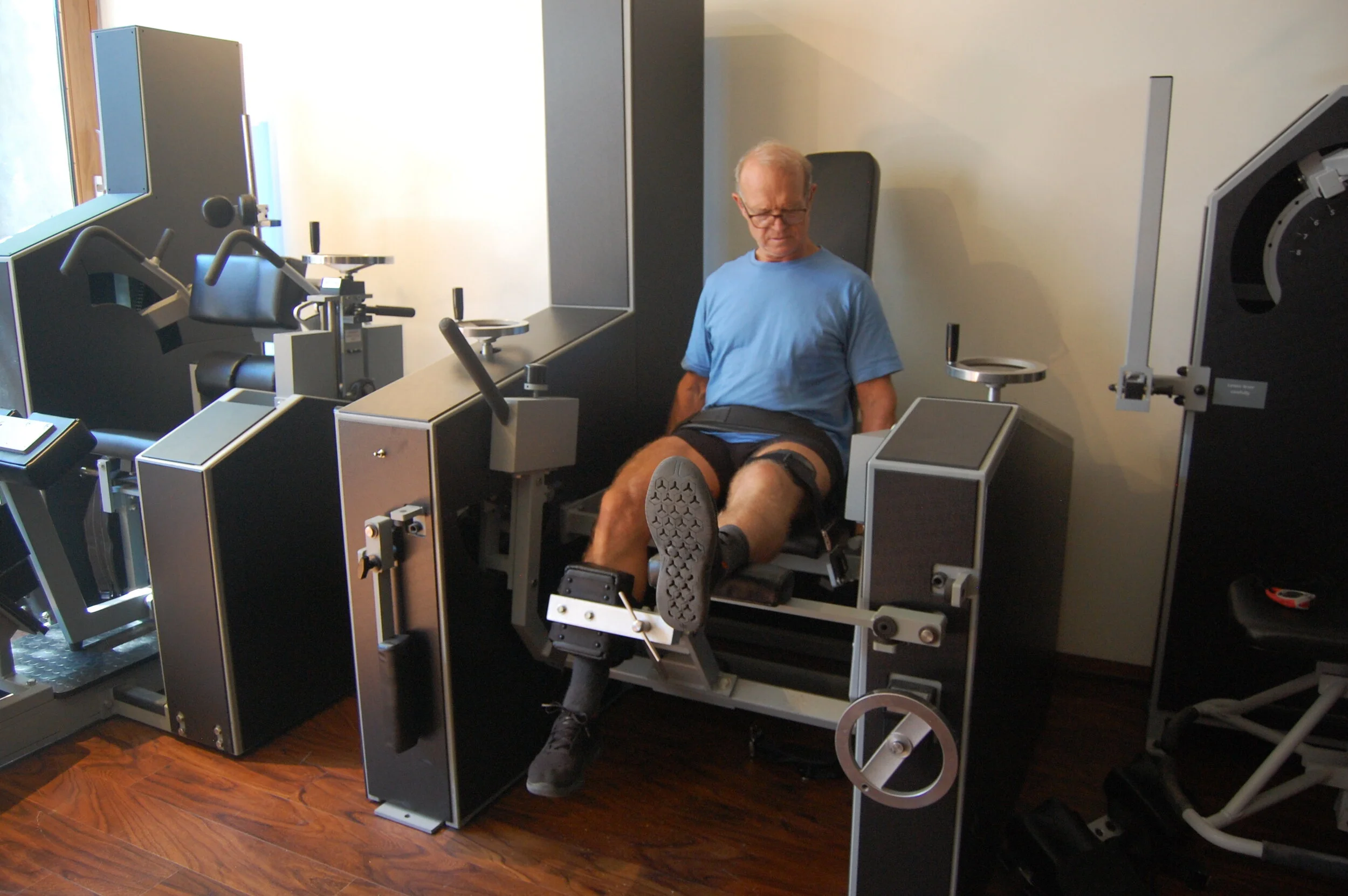NET Method · The Science Behind NET
NET Method
If you want to exercise, there are many different types of workouts you can try. You can walk or run, do some weight lifting at the gym, or take popular high-intensity interval training (HIIT) classes. But we believe that, if you want to build strength and health, our science-based form of slow strength training is the safest, most efficient, and most effective choice.
Leg press
We specialize in a form of exercise known as high-intensity strength training, which has decades of research to back it up (much of which you can find in the book Body by Science). According to that research, after less than six months, high-intensity strength training is proven to help you improve strength, cardiovascular fitness, cognitive function, and more.
The key difference between high-intensity strength training and what you might do at a normal gym is that each exercise is performed to muscular failure—until you can’t lift the weight anymore. This ensures that you train your muscles to their full capacity, and they respond by becoming stronger over time.
In our case, high-intensity doesn’t mean high-risk, though. In fact, the training we offer is one of the safest forms of exercise. You won’t be doing any fast, explosive movements; instead, our exercises use a slow and controlled speed to protect your joints at any age—and get you results you won’t see with conventional exercise.
Since 2013, we have been guiding clients through these workouts, and we’ve learned what works and what doesn’t. In order to help you avoid injury and get the best results, we’ve developed our own in-house NET method that centers on three key principles:
Muscle first, movement second: It doesn’t matter how many repetitions you perform; what’s important is that you’re using the right muscles. Unfortunately, many of us have lost the connection in our brains to certain key muscles, like the rhomboids and latissimus in the back. We can rebuild that connection over time by focusing intently on contracting the muscle during our workouts.
Move weights slowly to build strength: The NET method involves lifting and lowering weights slowly, about 6-24 seconds per repetition. This is much slower than you might be accustomed to. By avoiding the momentum that comes with fast movements, you ensure that your muscles are worked to their full potential and reduce the risk of injury.
Train to muscular failure: The way to stimulate muscles to grow is to push them beyond what they’ve experienced before, and that’s what happens when you reach muscular failure. The upside of this approach is that it means you only need one set per machine for the most efficient results.
Together, we call this workout MSTF: mindful strength training to failure. The purpose of an MSTF session is to safely stimulate adaptations in your body for an increase in strength and lean tissue, re-wire your neurology so your brain is more connected to your muscles, and trigger a cascade of metabolic processes that are beneficial to your health—all to an extent that can't be achieved if you only train at moderate intensity.
“After 40 years of trying many different types of training, including many years in the military, I’ve thankfully found the method that I will follow for life.
I’ve been working with Andrei and NET for just over 4 months now and I’ve seen significant (and measurable) gains in strength, body composition, and overall feeling of health. The best part is that it only requires 30 minutes of training twice a week, which is all that’s needed for my entire fitness regimen (along with watching my diet). After reading the supporting science for this method, I’m excited to continue to the journey and see where it can take me! HIGHLY recommended.”











